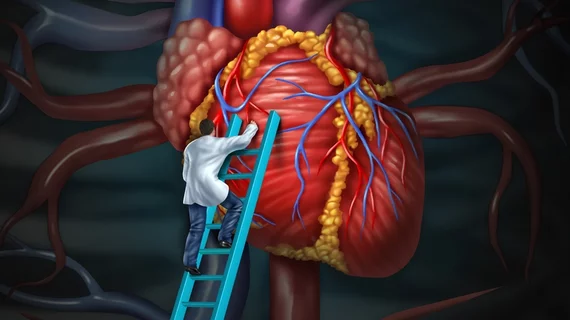A look at the future? Engineers propose a new design for mechanical heart valves
Researchers have developed a new design for mechanical heart valves that could reduce the risk of blood clots, sharing their findings in the Journal of Medical Engineering and Technology.
“Despite more than 40 years of research, we are still chasing the goal of creating mechanical heart valves that perform consistently and seamlessly inside the human body,” Hadi Mohammadi, PhD, a professor at the University of British Columbia Okanagan and lead researcher at the school’s Heart Valve Performance Lab (HVPL), said in a prepared statement. “The way blood travels through the body is very unique to a person’s physiology, so a ‘one-size fits all’ valve has always been a real challenge.”
Mohammadi, lead author of the Journal of Medical Engineering and Technology study, and his team at the HVPL aimed to update heart valve designs so that blood flows like it does in a healthy, normally functioning heart. They key to their work is the bileaflet valve; they altered its shape just enough that, in theory, clots will become a thing of the past.
“The work we’re doing has resulted in the design of a valve which may serve as the foundation for the next generation of bileaflet mechanical heart valves,” Mohammadi said. “Our research, with computer simulation and in-vitro studies, helped evaluate the performance of the proposed valve and also compare it to the industry gold standard.”
The team behind this new-look valve design knows it could be decades before their work is used in humans, but the initial concept has been embraced by cardiothoracic surgeons and a provisional patent has been filed in the United States. The next step is to finalize 3D-printed, carbon and aluminum prototypes and continue assessing the valve’s effectiveness.
Read the full analysis here.

